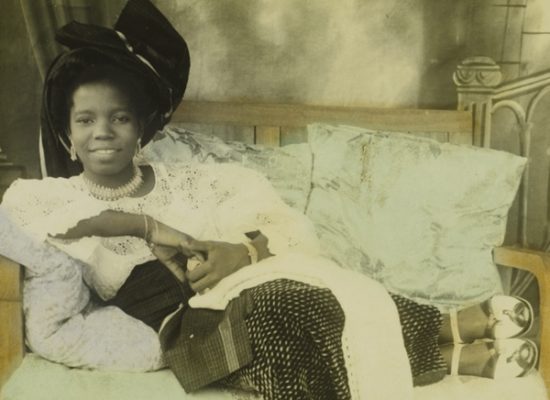Art & Exhibitions
See Solomon Osagie Alonge’s Rare Photographs of Nigerian Royal Court
His work has largely remained unknown outside Africa.
His work has largely remained unknown outside Africa.
Christie Chu


Curating from its collection of 2,000 glass plate and large format film negatives, as well as 100 prints, the Smithsonian National Museum of African Art is exhibiting some of Chief Solomon Osagie Alonge’s rare photographs. Born in 1929, Alonge captured for over five decades life in the royal court in Nigeria.
The exhibition “Chief S.O Alonge: Photographer to the Royal Court of Benin, Nigeria” opened this September to coincide with the anniversary of Nigeria’s colonial unification in 1914. Artifacts from Benin and the Royal Court will be shown alongside Alonge’s photographs, cameras, and other equipment.
Beginning his career with a Kodak Brownie, the artist worked his way up to eventually opening his own studio in Benin City called Ideal Photography studio. His photographs depict the Royal Court, its lavish ceremonies and its Kings. However, he also captured the Benin community, with many portraits of everyday people.
Amy Staples, the show’s curator and senior archivist, explains in a statement: “Through his portrait photography in the Ideal Photo Studio, Alonge provided local residents—many for the first time—with the opportunity to represent themselves to themselves as dignified African subjects.” He also captured the impact and legacy of colonialism in the country. Max Kutner writes in Smithsonian Magazine: “Though the British remained in the region until 1960 (Alonge photographed Queen Elizabeth’s visit in 1956), Alonge helped usher in an era of Nigerians representing themselves and acting as keepers of their own history.”
Since his death in 1989, Alonge’s work has largely remained unknown outside Africa.